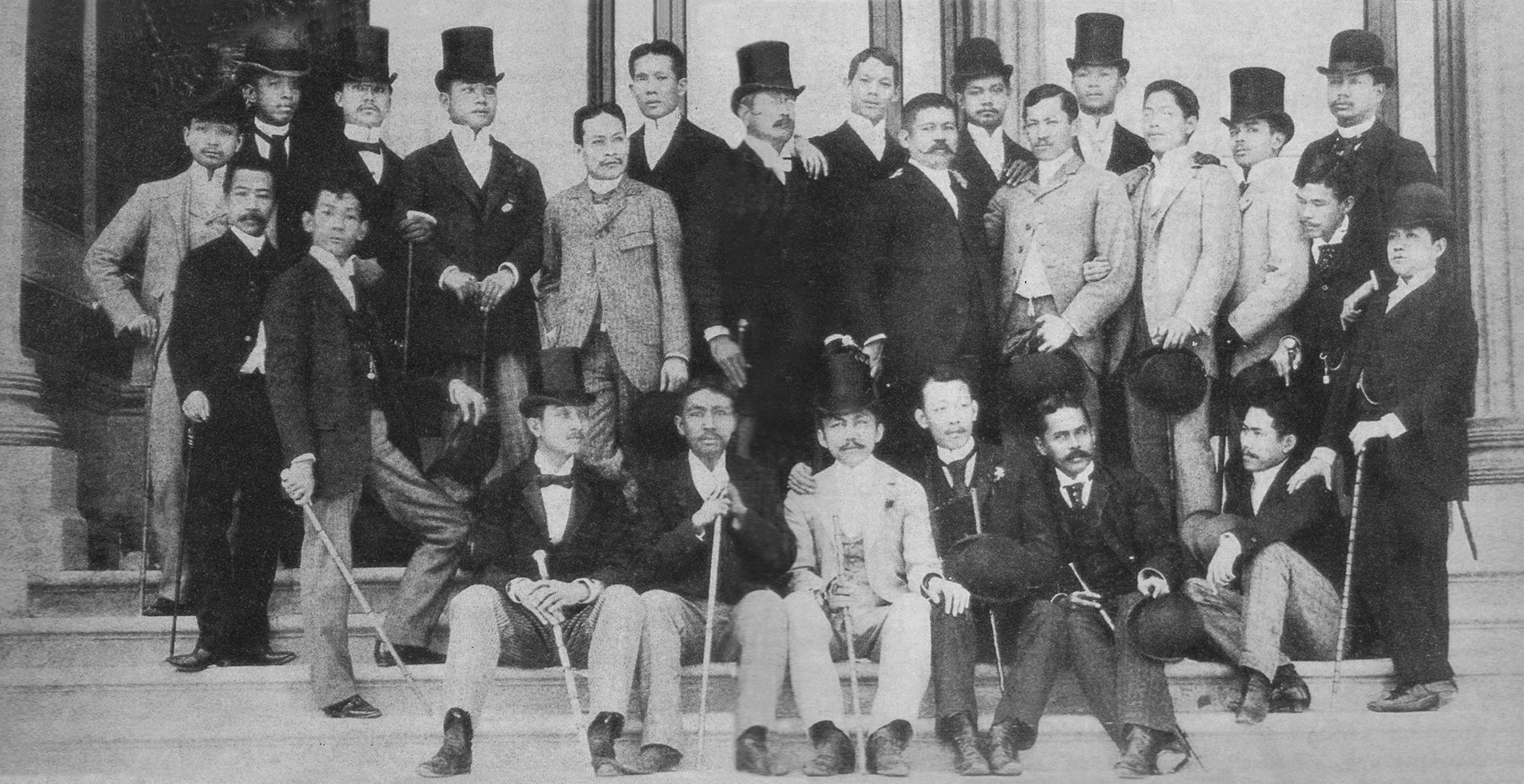Art is an important piece in the perplexing history of mankind. It is a reflection of the world that we live in seen through the eyes of many different individuals across time. Take for example the
Lascaux Cave Paintings in southwestern France that dates as far back as 20,000 years. These paleolithic cave paintings has given many of our anthropologists, archeologists, art historians, and many other scientists a glimpse of man's prehistoric times.
A more recent example is Pablo Picasso's Guernica (1937), renowned for its political statement as a reaction to the Nazi's aerial bombardment and destruction of Guernica, a small Basque town in Spain. Rather than being forgotten, Picasso's powerful painting immortalized this controversy and left a footprint in the history of man, taking into account the sufferings brought about by modern warfare to innocent and undefended civilians.
 |
| Guernica (1937) by Pablo Picasso |
Personally, I like to experience art because it has a direct and deep visceral impact to myself. Beyond the physical experience, I can feel the presence of the artist pleading for me to listen to the voices of the artworks. At the
De Young Museum, I remember walking into this photography exhibition by Kael Alford and Thorne Anderson entitled
Eye Level in Iraq. In this exhibition, we see the daily lives of the people in Iraq who were caught between the war, a rare view point for someone like me whose knowledge is limited by the headlines. It was an explicit and truthful set of images that directly made an impact to my humanity. I suddenly found myself lamenting with an Iraqi mother, bathing her dead son.
Just like in Picasso's Guernica, the images in Iraq are a reflection as well as a reaction to the truths in our society. I love art because of its depth, but I am passionate about its history because of the truths that come with it.
This blog is not by any means an online textbook or a tutorial (although I will suggest links that will help guide you with the facts). I started this blog because I want people to not only look, but also to listen to the voices of the artworks that people have contributed to our world.
And finally--ambitious as I may sound--I want to start a discussion.















